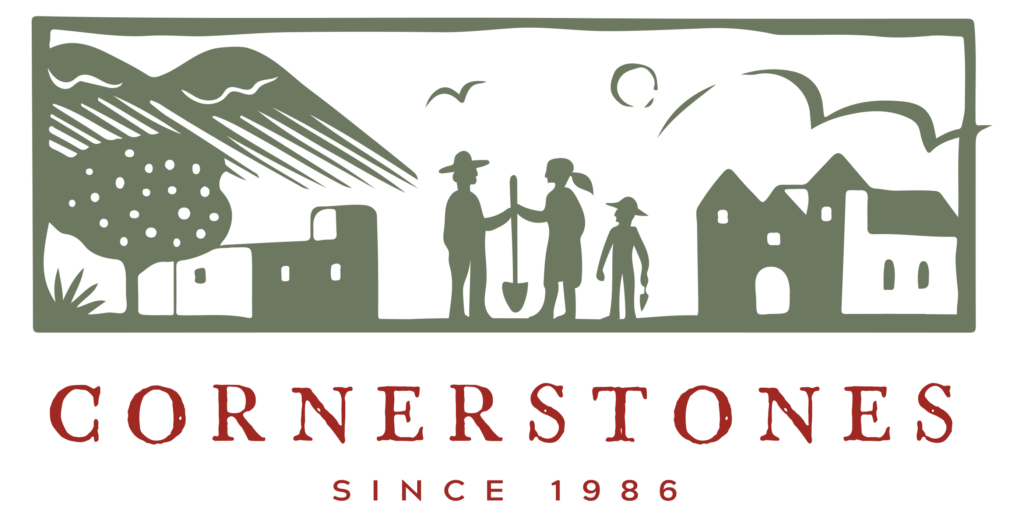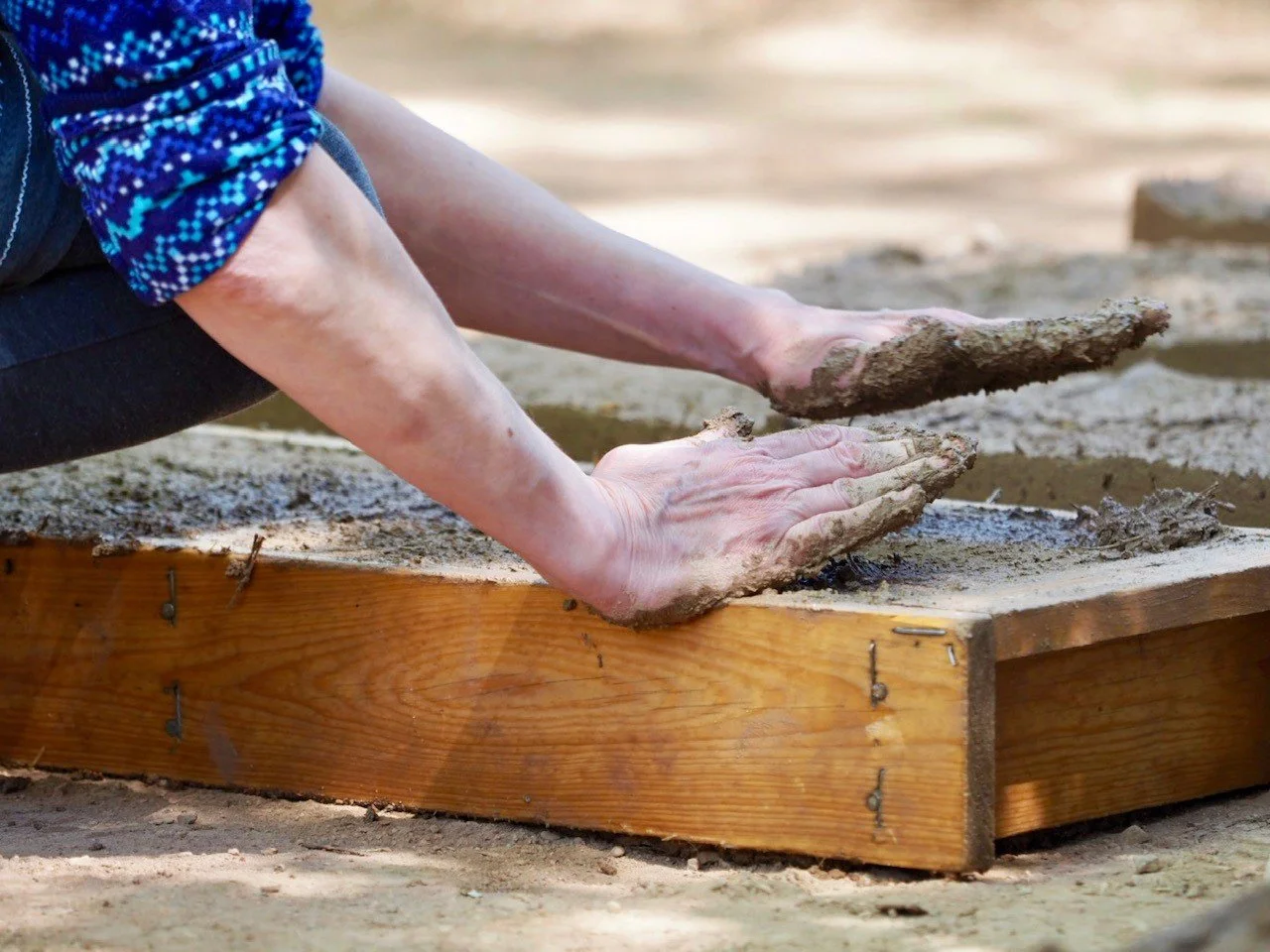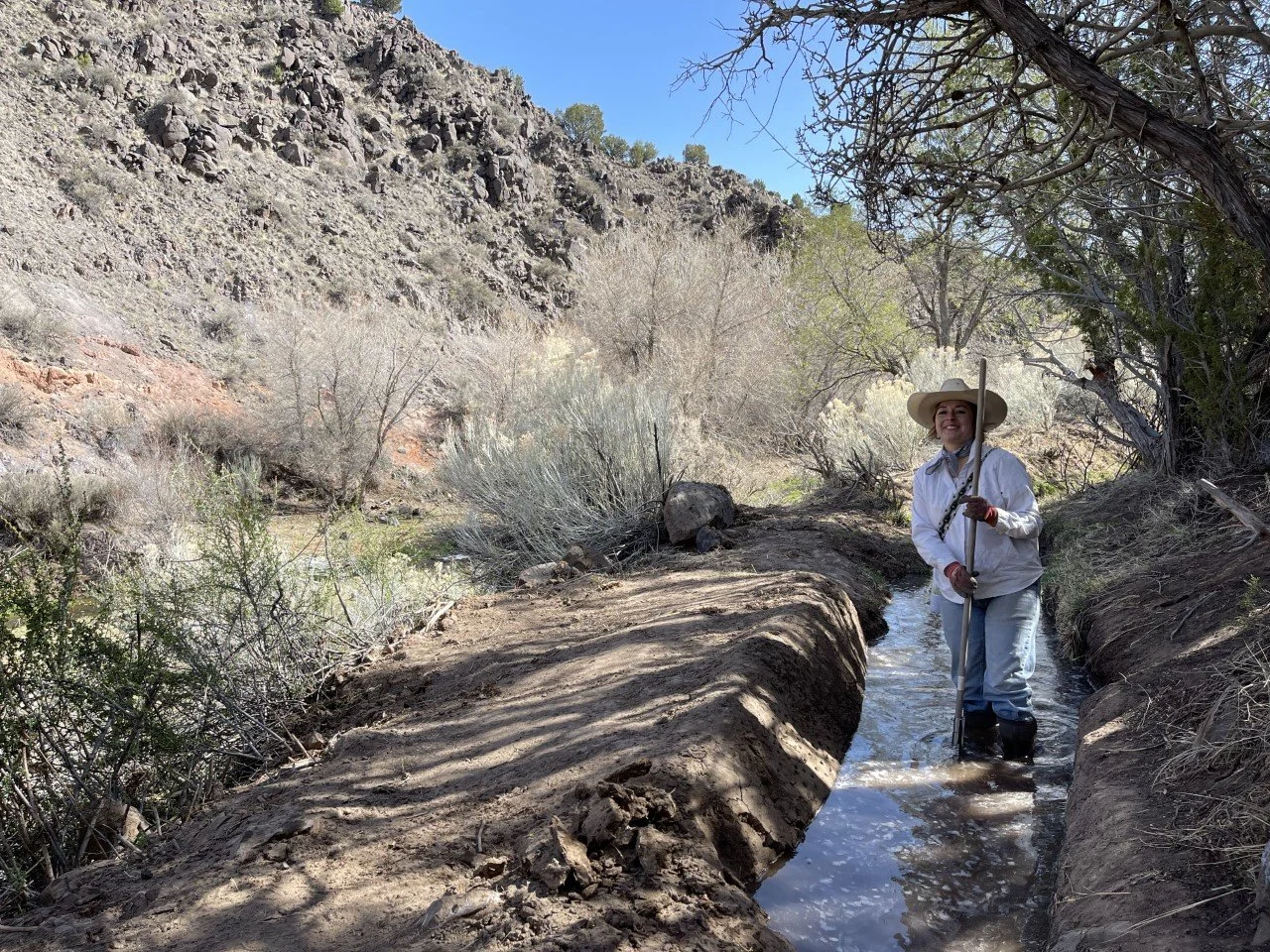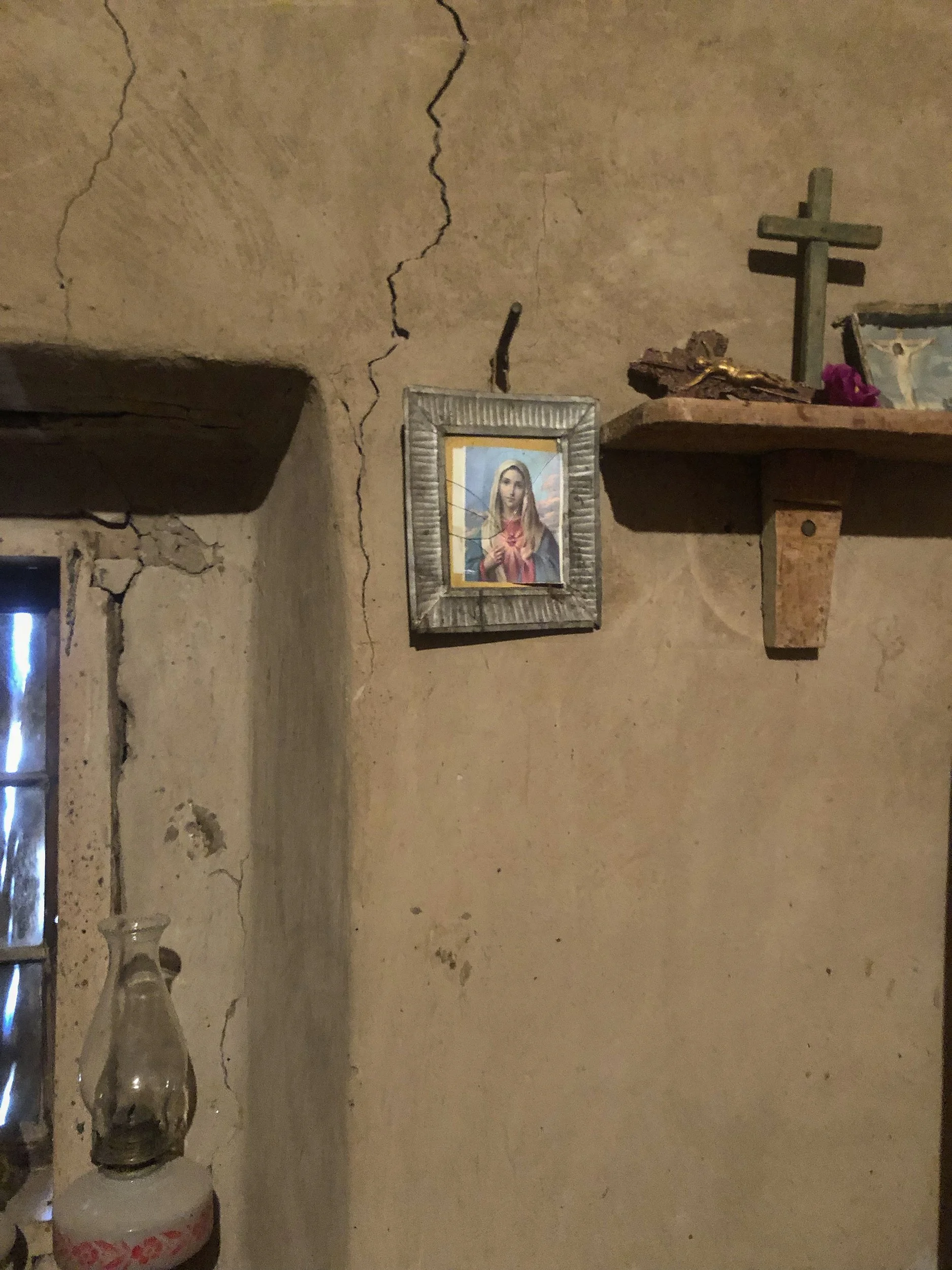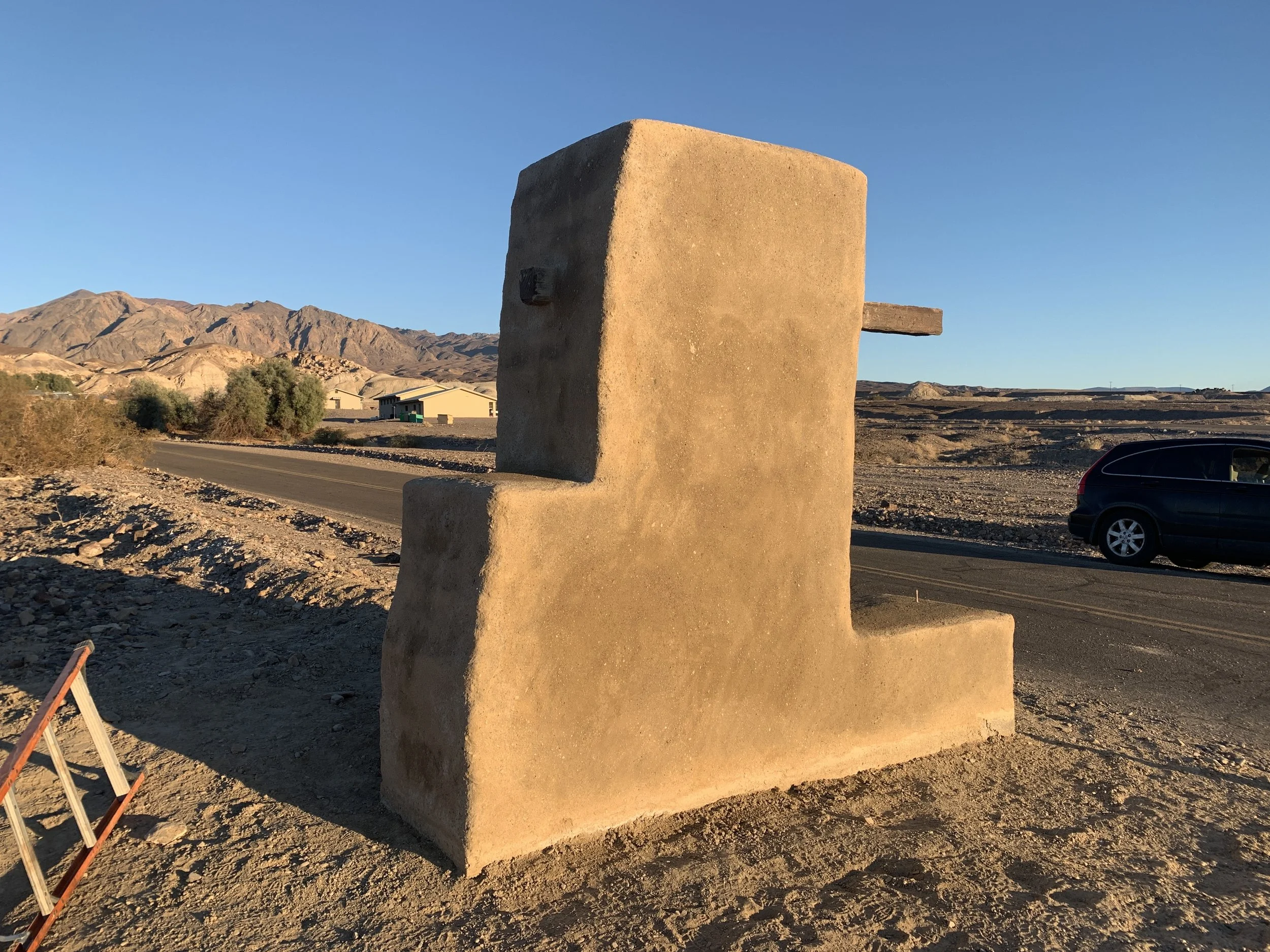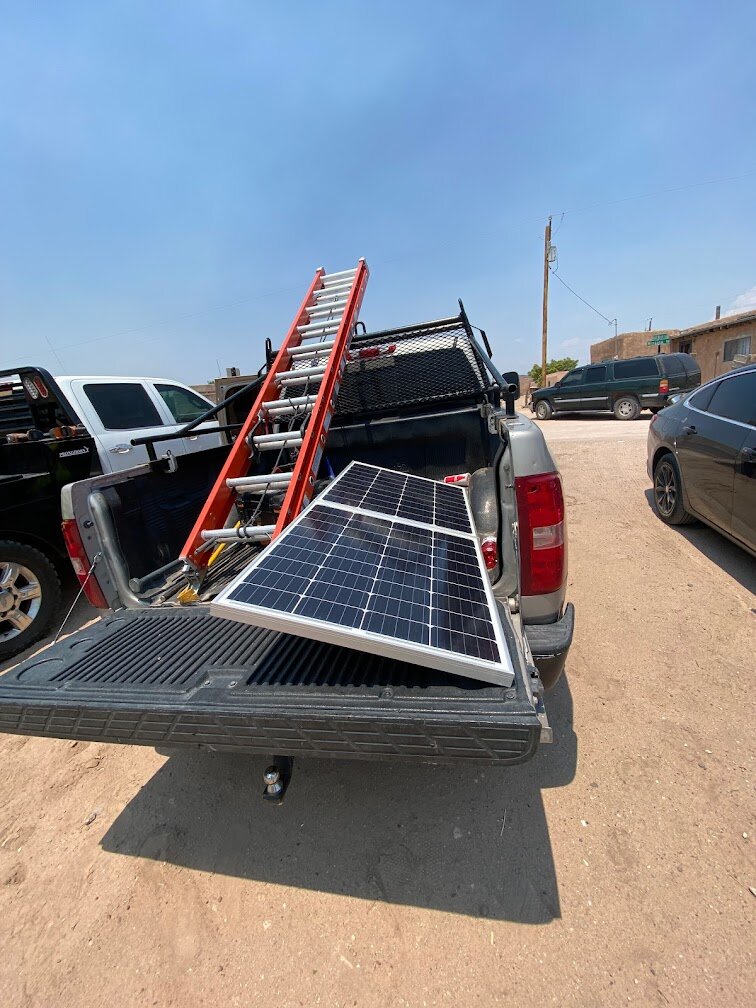Presenting Scholarship Awardees For TERRA 2022 Conference
Cornerstones has had the great honor of facilitating a scholarship program for Indigenous people from the Southwest to participate in TERRA 2022, the international conference that gathers together the earthen architecture community. TERRA 2022, the 13th World Congress on Earthen Architectural Heritage, is the 13th gathering since its inaugural meeting in 1972, and this year the conference will take place here in Santa Fe. We're delighted to be a local partner in this international event that hosts the latest groundbreaking research and work in the study and conservation of earthen architecture.
Tribes and Pueblos in the United States and Northern Mexico will be represented by people traveling from New Mexico, Arizona, Utah, Missouri, and Massachusetts, as well as Sonora, Mexico. The professional backgrounds of the awardees varied greatly, reflecting the diversity of people working with earthen building materials. Graduate students, artists, educators, tribal officials, preservation officers for Pueblos, National Park preservationists, nonprofit founders, and community organizers were among those who accepted scholarships.
This scholarship is made possible through financial support from the Getty Foundation and Chamiza Foundation.
We’re grateful to feature a few of the awardees in this Mud Blast. Eric Calvert is an Adobe Preservationist with Avanyu General Contracting (who formerly worked for Cornerstones). During the first phase of the Ohkay Owingeh Owe’neh Bupingeh Project, Eric gained extensive training and mentoring in all aspects of Historic Adobe Preservation. That project preserved the homes that form the core of Ohkay Owingeh Pueblo, providing him invaluable hands-on experience. He now works as a foreman, supervising crews of masons and Plasterers for Avanyu across New Mexico, Texas, and California.
Eric works with Liana “Joy” Sanchez, an enrolled tribal member of Pueblo de San Ildefonso. She is co-owner of Avanyu General Contracting. Ms. Sanchez has been responsible for Avanyu LLC’s office management, support, and financial operations for the past 18 years.
Another awardee is Daryl Lucero, a member of the Pueblo of Isleta, who spent his formative years as he described it, "a HUD house, private schools, rez schools, and out on his great-grandfather's field." Those spaces gave Daryl a framework for understanding the needs of his community. Much of Daryl’s time today is spent growing food and creating spaces that foster inter-generational knowledge and kinship reflective of D’ai relationality, by taking a harm reduction approach to moving spaces from extractive and violent to supportive and sustainable systems. Building with earth has allowed him to expand his space-making work.
Daryl in a greenhouse
Eric in the field
Liana, at an event by the New Mexico Small Business Development Center
Adobe Ruins Preservation at Fort Bowie National Historic Site
Our crew and a team of volunteers recently returned from a two week intensive workshop at Fort Bowie, near Wilcox, AZ. Working alongside NPS staff, we removed failing plasters, carefully identified stable adobes, and replaced the plaster system. To preserve the 1860s adobe walls, we are using both earthen and lime plasters as shelter coats. These materials are highly compatible with adobe walls, allowing for the adobe to “breathe,” meaning water vapor can pass through the plasters to keep the walls dry.
The strategy at the park is preservation–we are not rebuilding or restoring, but preserving the adobe walls in their current state as ruins. These walls have no roof and are very exposed to the elements. Over time they have weathered into interpretive features on the landscape, rather than functional buildings.
A huge thank you to our volunteers–Lea, Rachel, Kateri, and Ruben–and lime plaster maestro Larry Limon.
